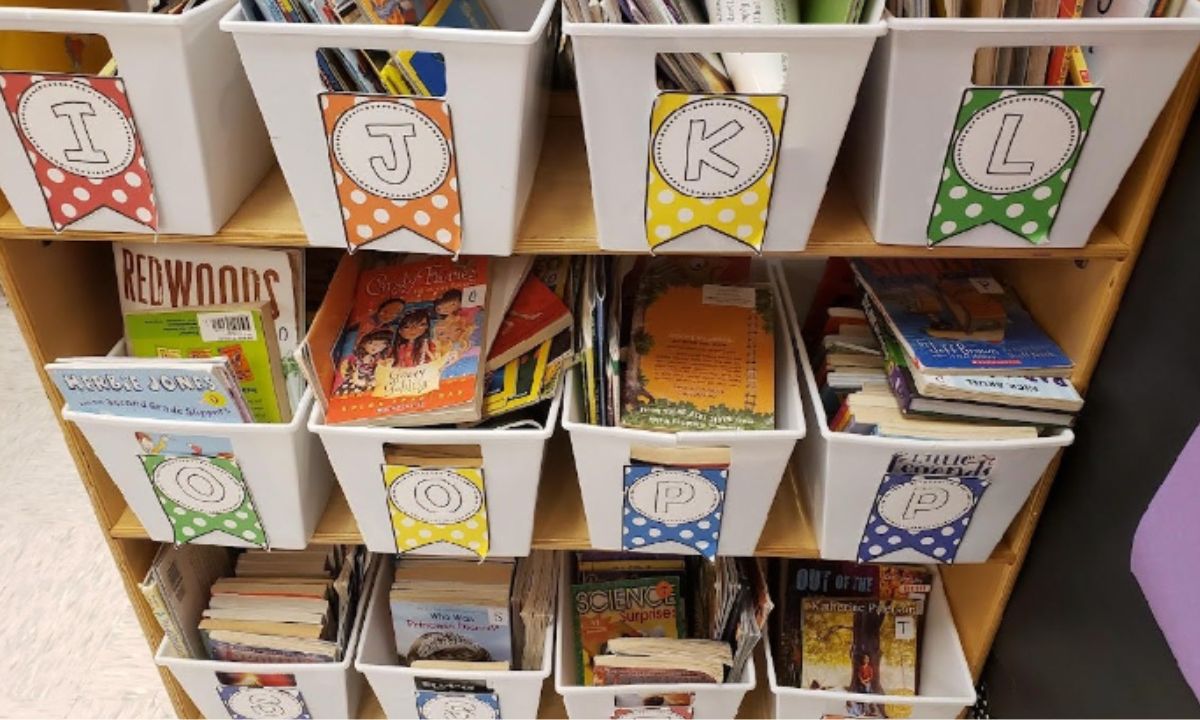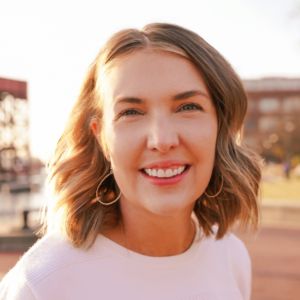Truly Shifting to Science of Reading Sometimes Takes ‘Balanced Literacy Rehab’
McQuillan: Even with new curricula and good intentions, old teaching habits die hard. How to break the cycle and improve literacy outcomes.

Get stories like this delivered straight to your inbox. Sign up for The 74 Newsletter
I recently visited classrooms with an elementary school principal in a racially diverse Virginia district that primarily serves students from economically disadvantaged backgrounds. The district had traded its outdated methods of teaching literacy for a structured curriculum aligned with the science of reading. The goal was clear and admirable: improve outcomes by rooting instruction in what cognitive science shows about how children learn to read.
At first, the visit was heartening. Students diligently worked on mastering letter sounds, blending them and identifying spelling patterns to form words. But as we moved from classroom to classroom, my smile began to fade. By the end of the walk, I was taking deep breaths. The principal asked what was wrong. The diagnosis was hard to hear for the principal to hear, but necessary to deliver: The school needed to check into Balanced Literacy Rehab.
For more than a decade, I’ve helped educators shift away from Balanced Literacy, a common but increasingly discredited approach, toward research-aligned practices. The transition is harder than it sounds, because even when schools obtain new materials and commit to better methods, ingrained habits can sabotage change.
Adopting a new curriculum is only a first step. Real change is like training for a marathon: buying the right gear doesn’t build endurance. Success comes from commitment, coaching, time and deliberate practice. Over time, I’ve come to recognize several warning signs that indicate a school needs Balanced Literacy Rehab.
The first is that principals think the new program is being implemented but they don’t really know, because they often lack tools to verify what’s happening in classrooms. That’s not because they don’t care; rather, many don’t come from early literacy backgrounds, so concepts like orthographic mapping or Ehri’s phases of reading may be entirely new. Managing buses, cafeterias and playgrounds leaves little time for poring over curriculum guides.
Practical tools can help, whether they be simple one-pagers that outline what to look for in a third-grade literacy classroom during the second quarter, or shared Google Forms that tag lessons as strong, developing or off-track, giving principals visibility. Literacy coaches can help get these systems running and build leaders’ own instructional knowledge. Data collected in this way allows them to identify trends by grade level or across a district and provide teachers with feedback on how to improve their instructional practices. If it’s unclear whether educators are using the new curriculum — or how well — they might as well be teaching behind a curtain.
The second warning sign is that teachers are using both the new and the old programs. Schools adopt a new curriculum, but teachers cling to favored materials from the past. It’s like buying new furniture but never clearing out the old couches. This instructional clutter leads to confusion, especially for students.
This isn’t about laziness; the guided reading groups, leveled-book bins and strategy charts that are central to Balanced Literacy represent years of effort and identity for many teachers. Letting them go can feel like a loss, so the teachers bargain: “I’ll do the phonics lesson, but I’m keeping my leveled library.” Unfortunately, mixed instructional models send mixed messages. Students may engage in explicit phonics lessons in the morning, only to be told later to guess the word using the picture. For children with learning differences, that inconsistency can be especially damaging. About 1 in 5 students in the U.S. struggle with dyslexia, which makes decoding even more challenging. Confusing mixed signals can undermine their confidence and progress as readers. Instructional coherence — fully embracing new methods and letting go of ineffective ones — is essential.
The third sign is that the science of reading is implemented in kindergarten through second grade, but that’s where the shift stops. In third grade and up, teachers continue to rely on outdated comprehension practices focused on “skills and strategies” rather than building the background knowledge that fuels true understanding. Foundational skills like phonemic awareness, phonics and decoding are necessary, but they’re not sufficient; reading comprehension relies heavily on background knowledge and vocabulary. This becomes increasingly important in the upper elementary grades, when students encounter more challenging vocabulary, including critical words and phrases that are used across subjects but often mean different things depending on the context.
To help students understand complex texts, schools must provide rich, knowledge-building content — not just lessons on, say, how to “identify the author’s purpose.” That means reading and discussing meaty texts, writing thoughtfully about them and exploring important ideas in depth. Content matters at least as much as comprehension strategies.
Changing instruction is hard. It takes time, tools and support. Teachers can feel overwhelmed by competing messages, and principals often struggle to steer change while managing countless other demands. But the effort is worth it. When schools move beyond surface-level change — when they truly adopt coherent, research-backed practices — reading instruction becomes more effective and more joyful. Students thrive. Teachers regain a sense of purpose. And the work becomes deeply fulfilling.
The path to better reading instruction is real. It just takes a clear diagnosis, a good treatment plan and the willingness to see it through.
Get stories like these delivered straight to your inbox. Sign up for The 74 Newsletter

;)
